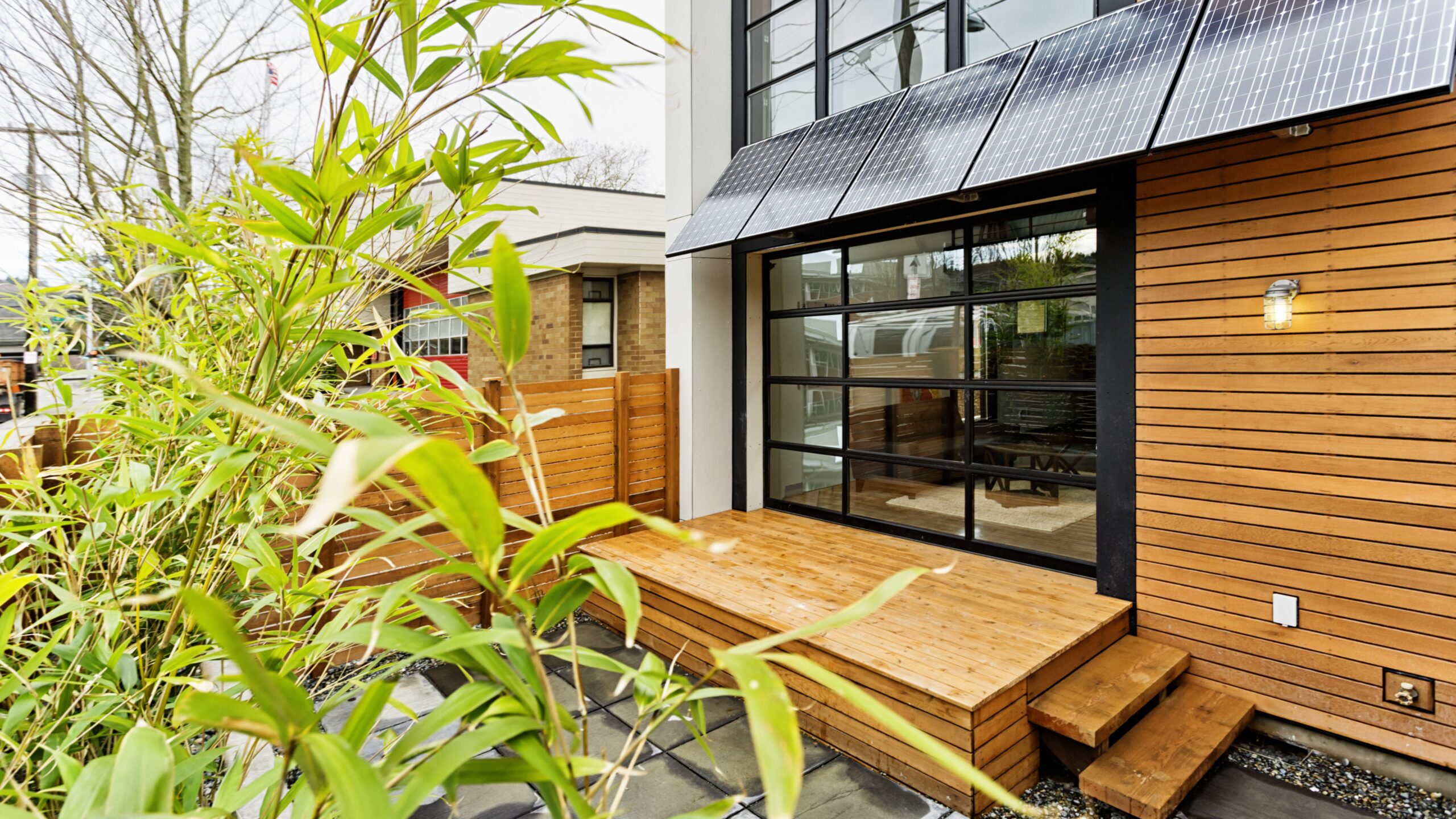Eco-Friendly Building Materials: Many products are a green choice – perhaps because they are made using renewable resources, made with recycled materials, or result in better room air quality for your home.
But some alternatives claim to go green by offering little in the way of environmental benefits, which can make it difficult to choose truly eco-friendly items. To help, we’ve put together a guide to the eco-friendly building materials available to repair your home, explaining why they love green plants.
Eco-Friendly Building Materials: A Guide
![]()
Few choices are better for us and the good of this planet. Overall, healthier building materials contain less carbon and are less likely to emit toxic VOCs, ensuring better air quality in our homes. There is also the possibility of their re-curl or back. When you shop for lumber, flooring, isolation, roofing, and more, our guide covers the eco-friendly building materials to look for it.
Wood
When building a home or addition, look for permanent acid wood, whether part of an internal structure or an obvious role, for example, in wooden buildings or sides with wood. When purchasing lumber, look for Forest Management Program (FSP) accreditation. The FSC non-profit established forest management standards to meet forest management’s needs worldwide.
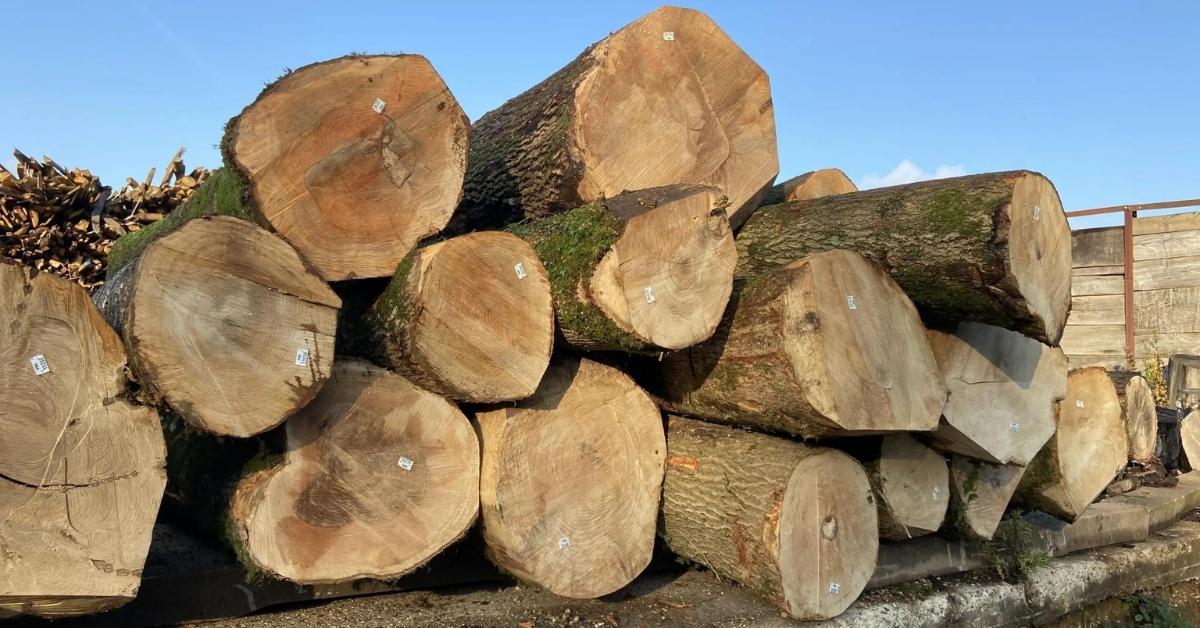
Another option for wood and factory trim is to reuse by visiting the salvage page or Architectural Antiques. It’s also a good way to connect characters. And also, consider the reuse option to do favors: You may be able to get lumber-seeded materials from inventory stores and salvage pages.
Cob And Straw Bales
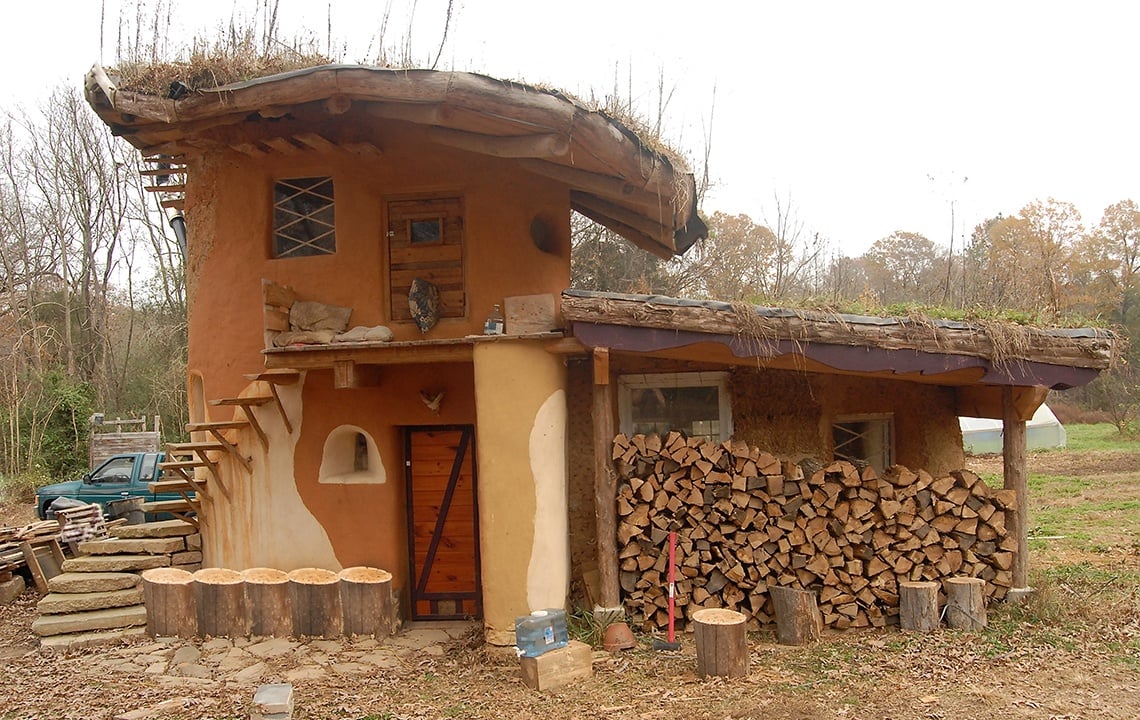
Some architects and house builders prescribed buildings be made of cob, a subsoil containing clay and straw. Although labor intensive, with almost zero carbon, the walls are very thick, so the thermal capacity is healthy. Similarly, straw bales can be used not only as timber and as load bearings that can support the roof structure. It is usually finished with a lime rendition to make the fabric breathable. If you plan on using one of these eco-friendly building materials, check with the local building department to find out if you need a permit.
Lime
Versatile and natural, lime is used to make a binder for mortar, plaster, rendering, and wash in the construction of almost all old buildings residing in the UK. Now lime-based materials are mainstream with a low carbon manufacturing system.
Douglas Kent of the Community for the Preservation of Ansine Building said the lime-based material allows the structure to slowly breathe and move, which is important for older buildings. It helps maintain their natural balance and regulates moisture and humidity, which provides health benefits and internal relaxation.
Cork
Cork is another renewable natural ingredient and one that can be reused and decomposed into organic. The bark of the cork oak tree is used, which is wary of trees; Long-lived trees aren’t cut alone, and tight pants aren’t damaged. The bark is updated and will not be cut from a tree again for the next nine years.
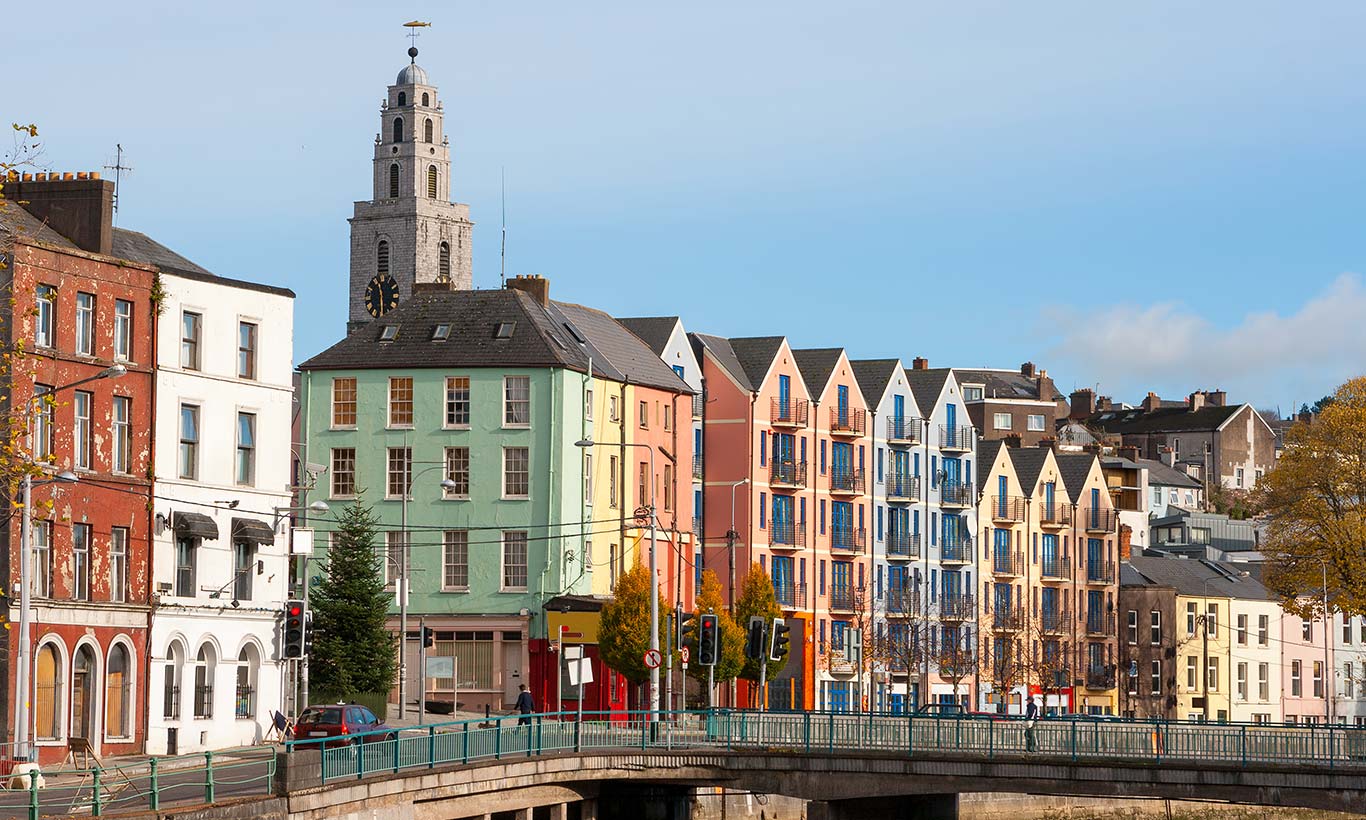
Think of cork for flooring but also as thermal and acoustic insulators. UK-based specialist Building Prints recently used cork-based lime plaster on the interior faces of all large-historic house walls in an eco-friendly environment.
Insulation
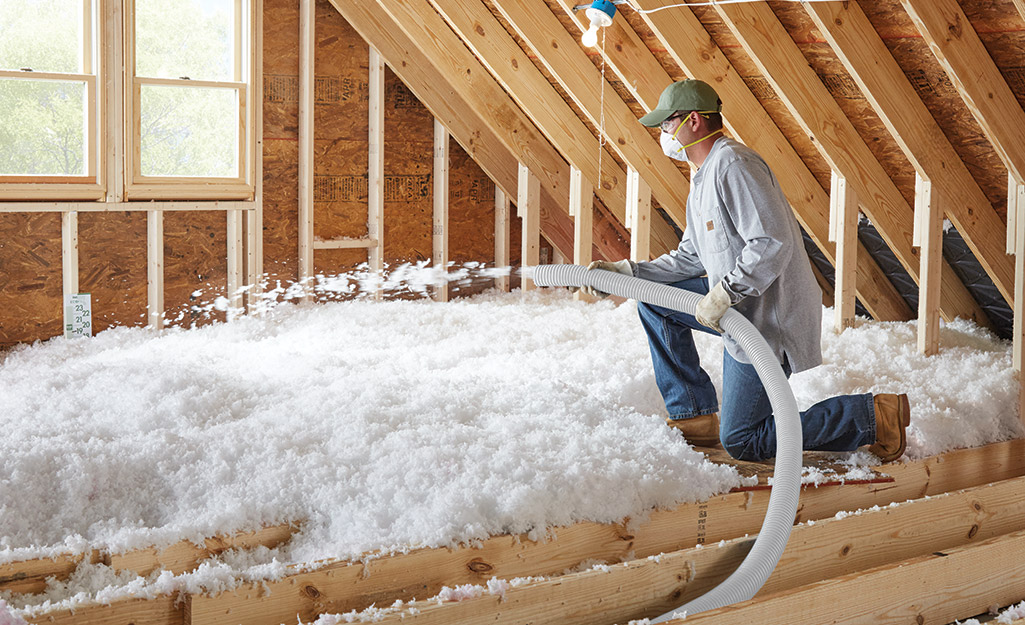
As we see above, cork is one of the most environmentally friendly building materials that can be used in isolation, but there are many other options. Products derived from wood, wool, and materials, including hemp and cork, can be used as a reward for traditional separation. All eco-friendly isolation options keep in mind that they can be more expensive than their non-natural cousins.
Wool
Wool is one of the most popular. The advantage is that 100 percent can be reused while most plastic segregation ends up in a landfill. It outperforms plastic when it comes to sound, thanks to its higher density and softer fibrous quality. It can retain heat than plastic and mineral wool. This means it can absorb heat, eliminating the worry that homes not designed to withstand the temperature rise will be hotter as the planet warms.
Soy-based
Another greenery choice to set the house apart is partly made with soybeans. Soybeans are renewable resources and have high-value or thermal resistance in isolation.
Cellulose
Cellulose insulation is produced using a crumpled newspaper, so recycled materials are used. She was treated for making her furious. It can be used for attic or walls.
Denim
Insulation using a high percentage of denim and cotton keeps these materials out of landfills. Good acoustic and thermal isolators are easy to deal with.
What Is The Most Eco-Friendly Building Material?
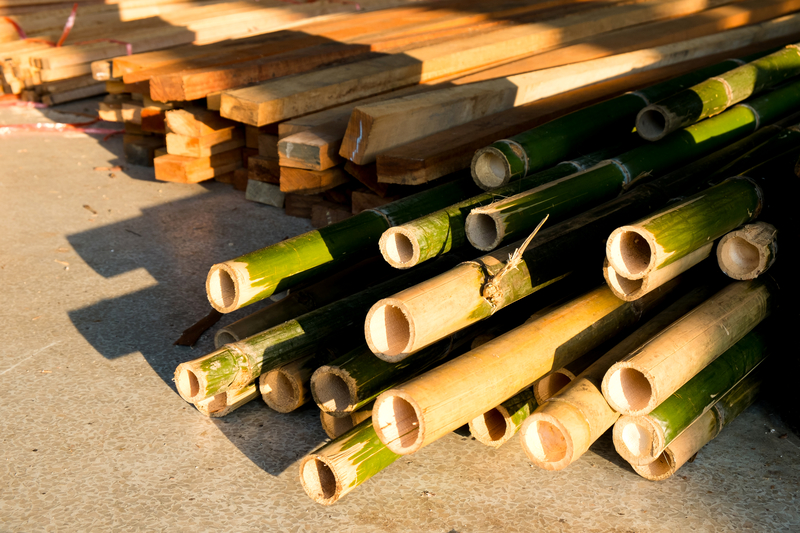
The answer for the most eco-friendly building material depends on your definition, but bamboo is number one for many experts. This is because it grows quickly; It has high strength and is very durable; And it is light to transport. Think about using bamboo on floors and tables and in the form of wood and veneer, suggested Lucy Searle, a leading global editor at Homes & Gardens. However, remember that using a bamboo floor in a bathroom is not recommended. You should not use it in other areas high in humidity as it can be damaged. Another top choice if you want to be as eco-friendly as possible, incorporate cork and wool sheepskin into various elements of your home.
Is Wood Eco-Friendly?
Wood is an eco-friendly material, as long as it comes from a well-drained forest. It is a renewable resource and can be recycled even at the end of your life. Wood products can also be produced with very little waste. All the goods are manufactured with the raw material procured from the earth. By far, the use of wood has the most negative aspects and a range of positive effects said Bill Cook of Michigan State University Extension. I hope you get all explain related to Eco-Friendly Building Materials.







